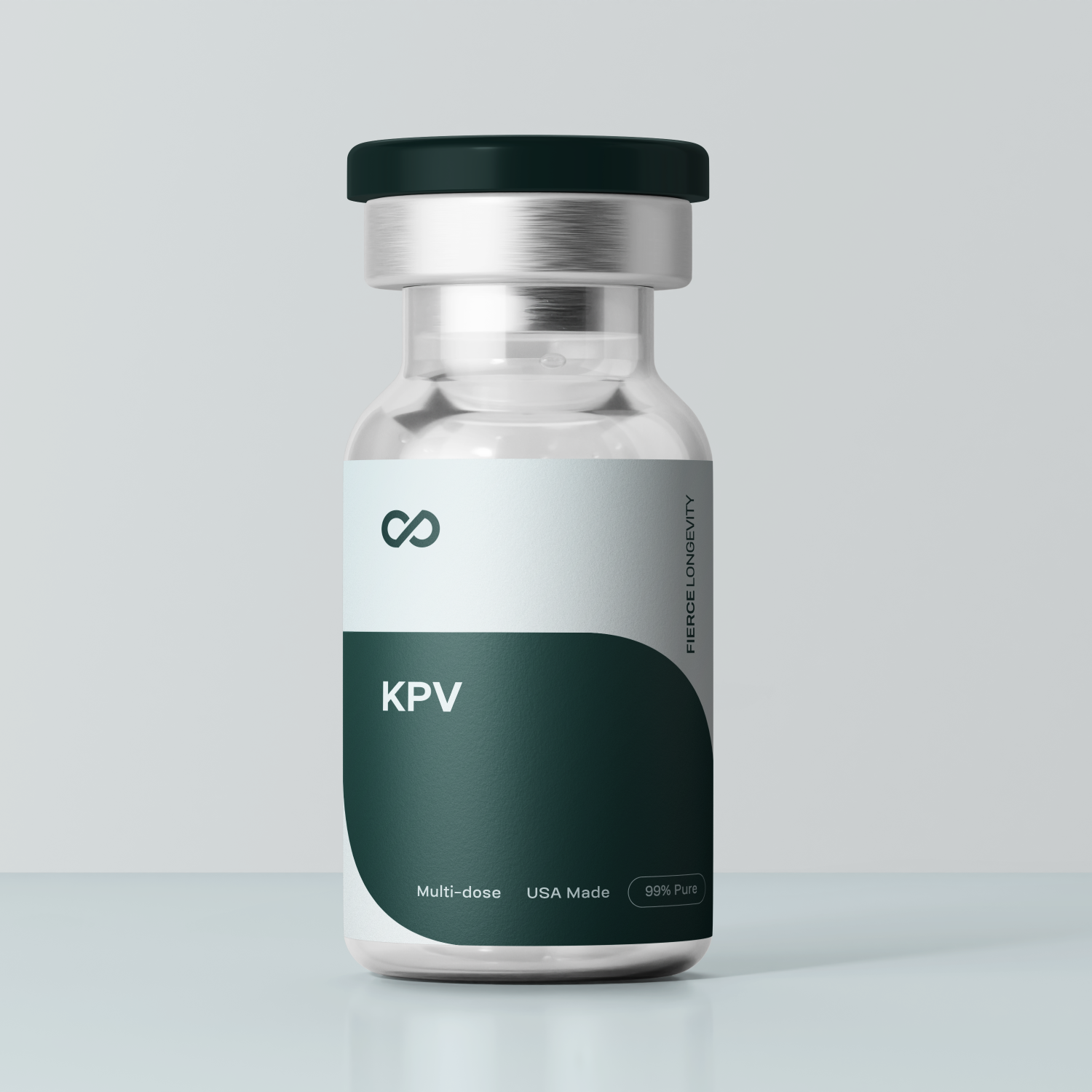
KPV
KPV is a naturally occurring tripeptide (lysine-proline-valine) derived from the C-terminal end of α-MSH (alpha-melanocyte stimulating hormone). Unlike the parent hormone, KPV does not cause pigmentation changes, but retains potent anti-inflammatory and antimicrobial properties. KPV is explored in disease and injury models—such as colitis, skin inflammation, wound healing, and mucosal repair—where inflammation, infection risk, or oxidative stress are key factors.
What's Included
- 20 Insulin Syringes (31G, 5/16”, 1cc)
- 1 Reconstitution Syringe
- 20 Alcohol Prep Swabs
- 1 Vial of Bacteriostatic Water (10 mL)
⚠️ Important Disclaimer
For Research Use Only. Not for human consumption or therapeutic treatment.

KPV
If you have any questions, you are always welcome to contact us. We'll get back to you as soon as possible, within 24 hours on weekdays.
-
Shipping Information
Use this text to answer questions in as much detail as possible for your customers.
-
Customer Support
Use this text to answer questions in as much detail as possible for your customers.
-
FAQ’s
Use this text to answer questions in as much detail as possible for your customers.
-
Contact Us
Use this text to answer questions in as much detail as possible for your customers.
Key Highlights
Intracellular Anti-Inflammation
KPV enters cells via PepT1 and directly inhibits NF-κB and MAPK pathways, reducing inflammatory cytokine production.
Gut & Mucosal Repair
Effective in colitis models—reduces intestinal inflammation, supports mucosal healing, and restores barrier integrity.
Antimicrobial and Barrier Support
Derivatives show potential against pathogens and help maintain microbial balance in skin and mucosa.
Wound Healing & Tissue Recovery
Promotes wound closure and favorable collagen deposition with reduced scarring in preclinical models.
Neuro- and Tissue Protection
In injury models, KPV helps reduce inflammation and cell death, protecting tissues beyond just barrier zones.
Included in the Box
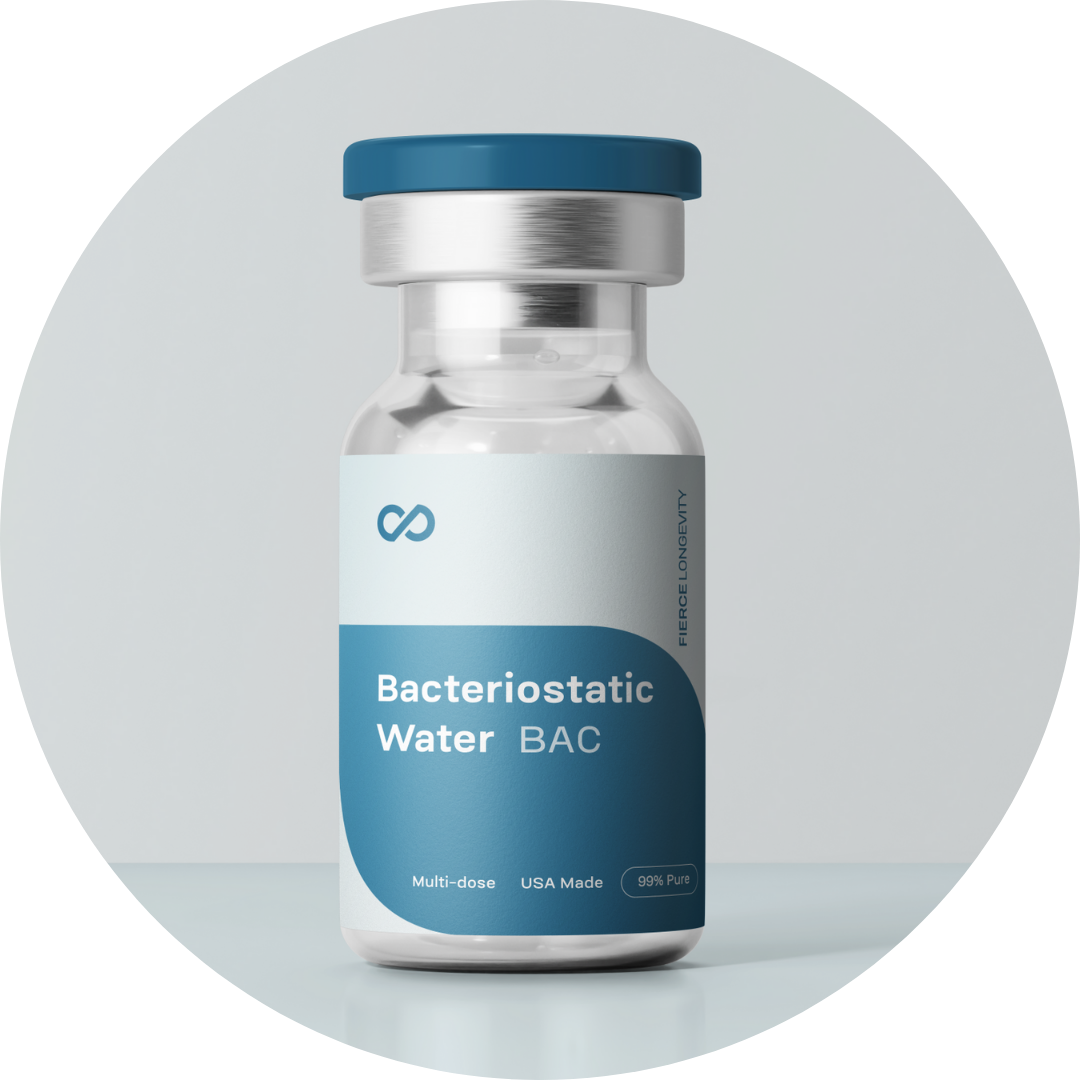
1 Vial of Bacteriostatic Water (10 mL)
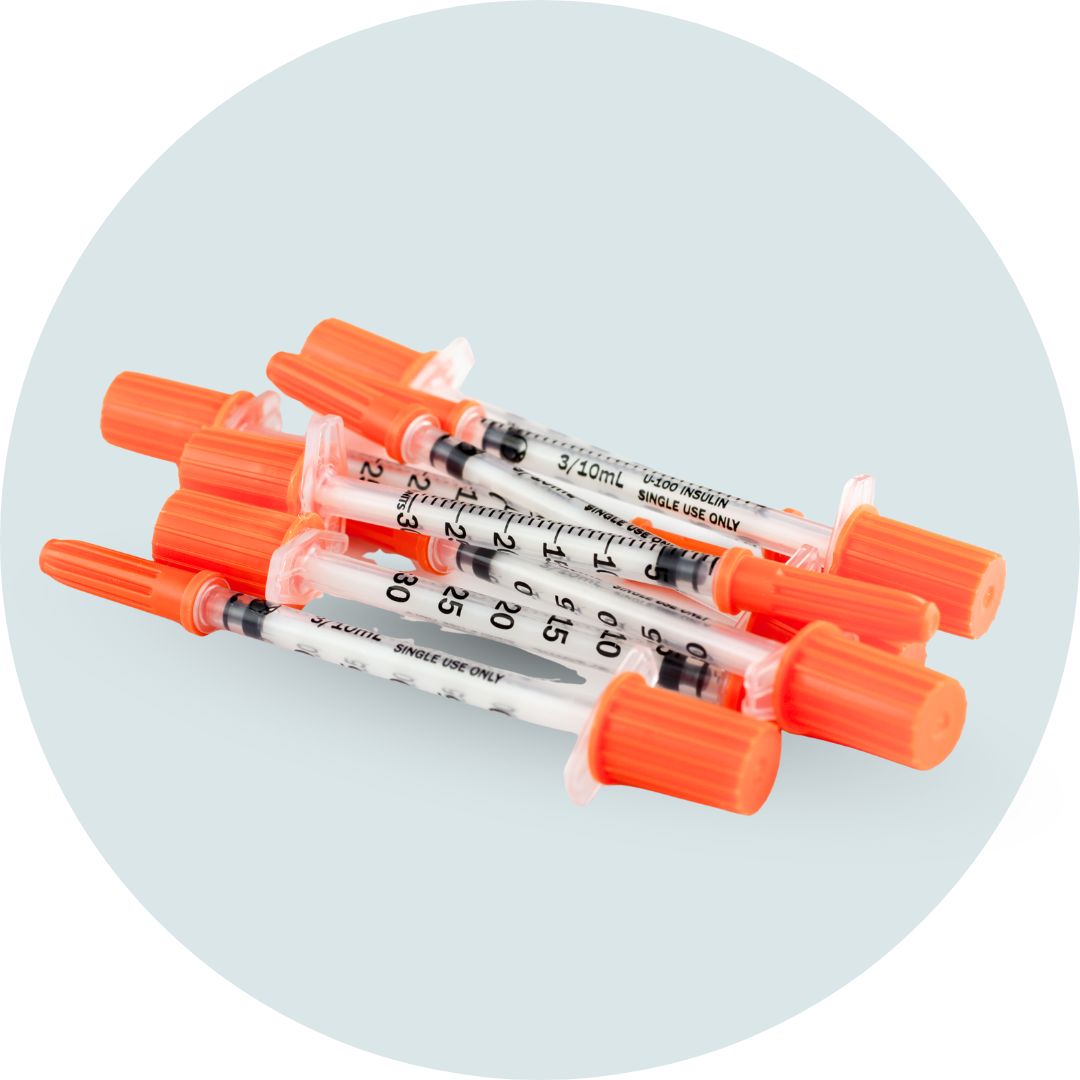
20 Insulin Syringes (31G, 5/16”, 1cc)
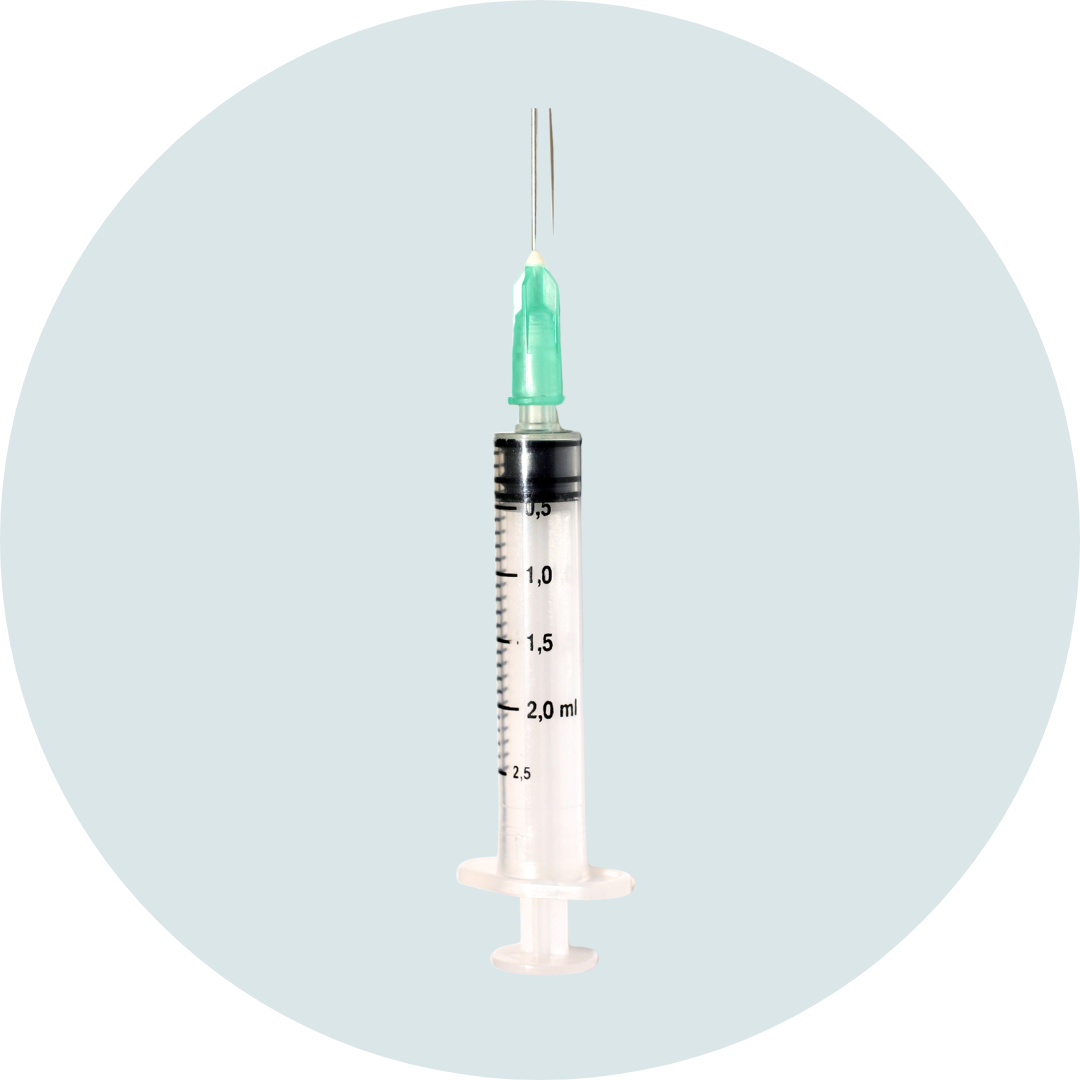
1 Reconstitution Syringe
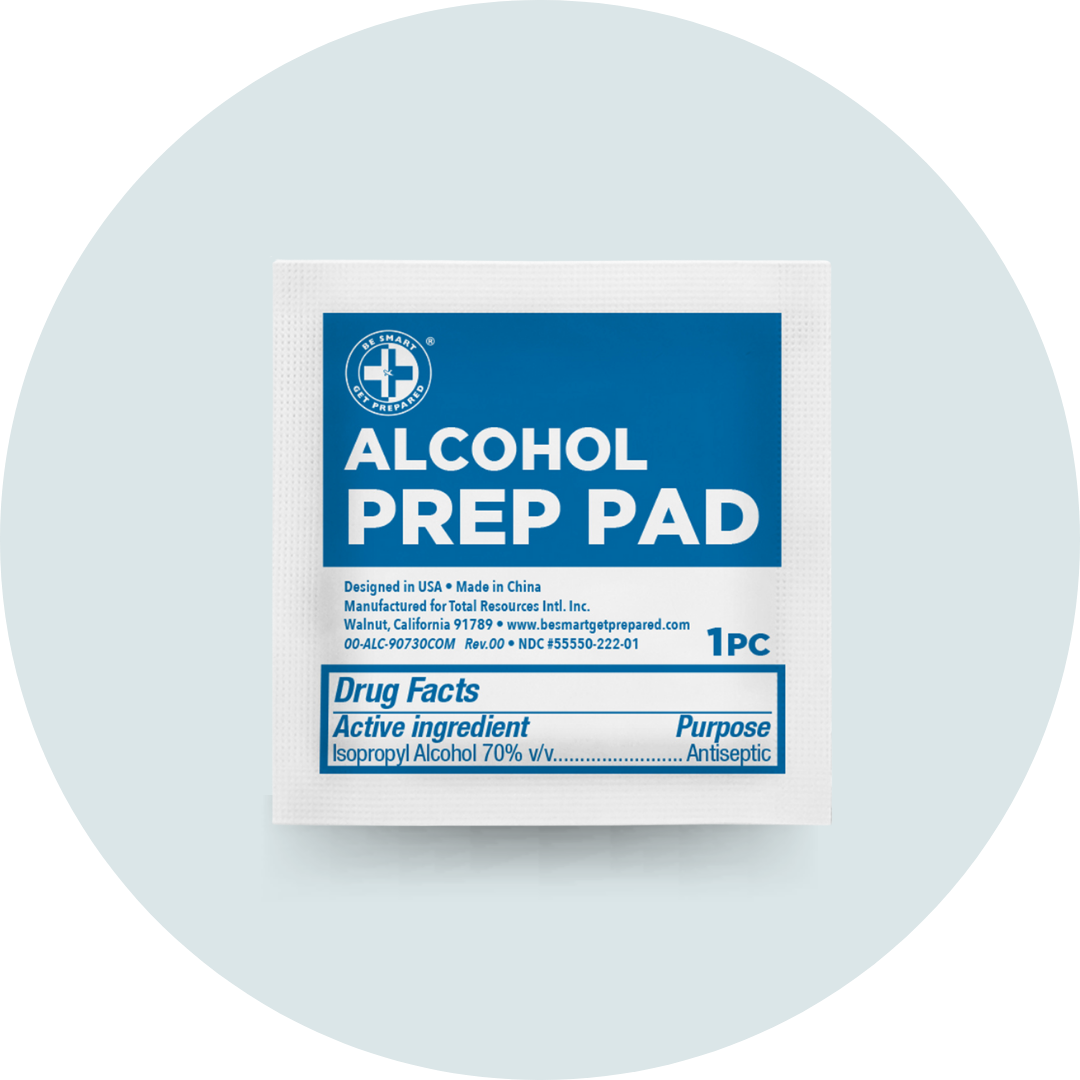
20 Alcohol Prep Swabs
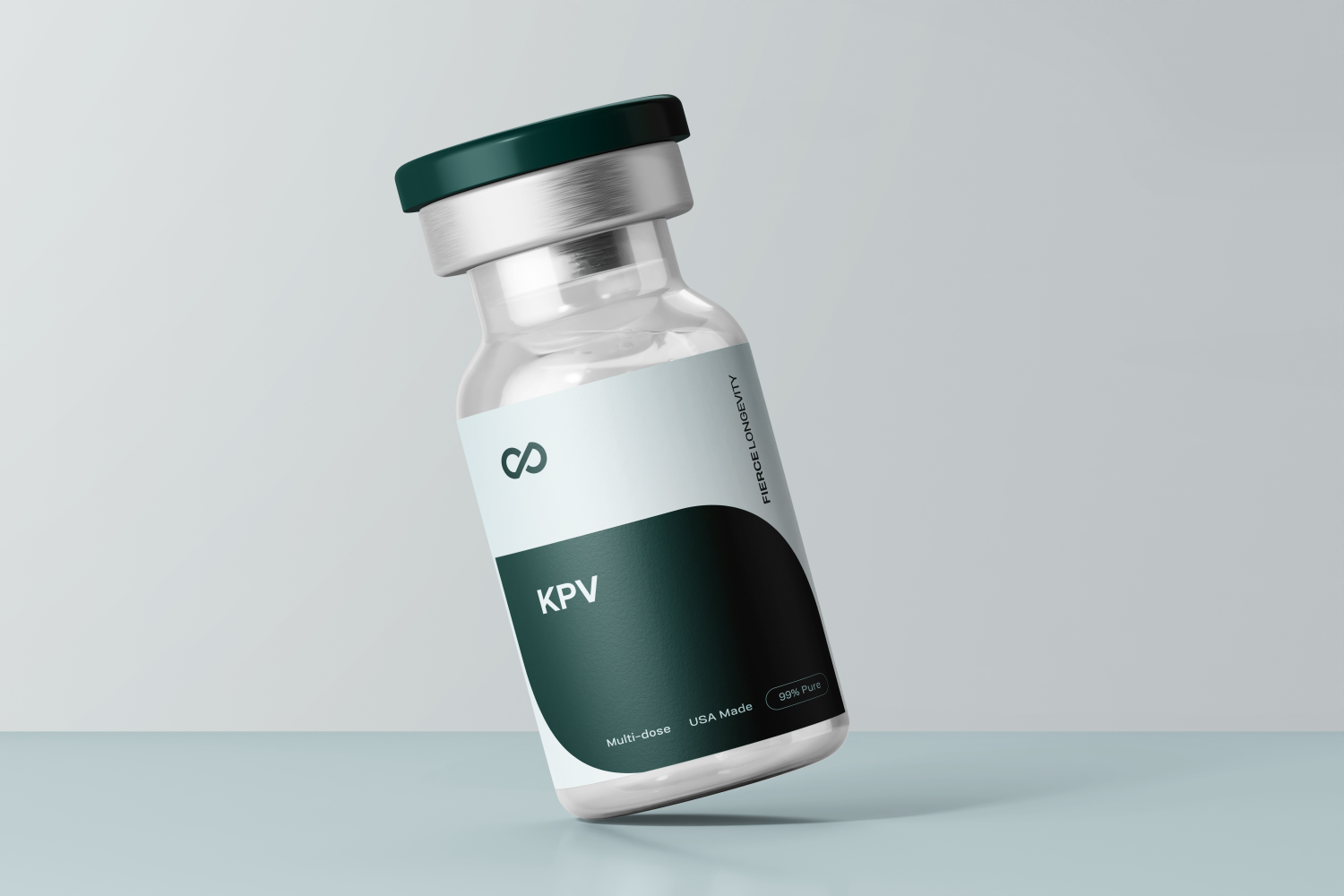
What Is KPV?
KPV is a small yet powerful peptide known for its ability to combat inflammation and support tissue healing. Found naturally in the body, it helps regulate immune responses, making it a promising compound for conditions like inflammatory bowel disease (IBD), skin irritation, and muscle recovery. Its antimicrobial action also helps maintain a healthy skin and gut environment.
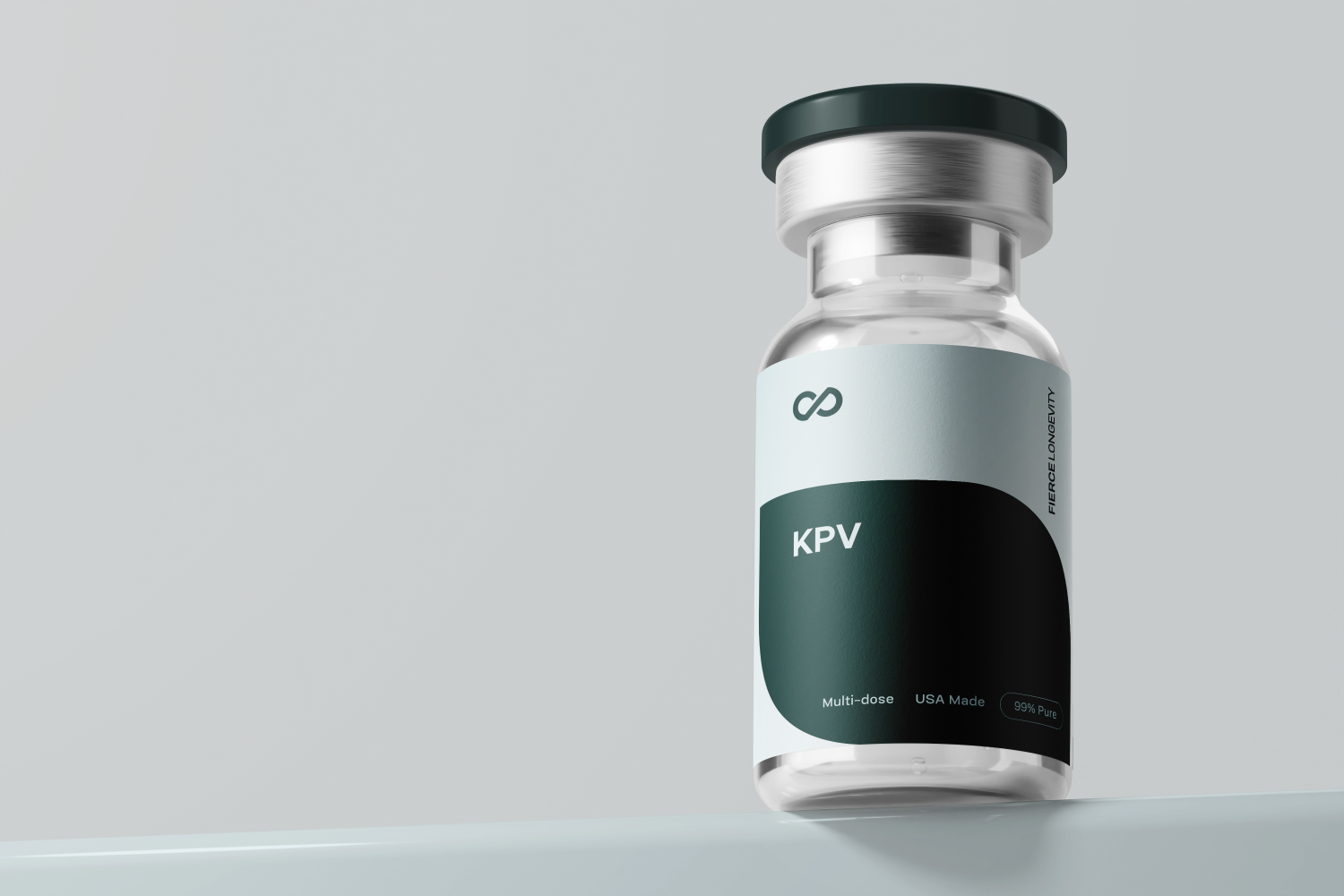
Why Choose KPV?
KPV is especially attractive for research where localized inflammation, barrier tissue repair, and microbial balance are central—such as dermatology, gastroenterology, and wound care. Its small size and ability to penetrate cells allow it to act where many larger molecules cannot.
Because KPV acts downstream of inflammatory signaling pathways (rather than broadly suppressing immunity), it offers targeted modulation with potentially fewer side effects. Its use in transport systems exploiting upregulated PepT1 in inflamed zones further adds specificity.
It’s a useful peptide when combining regenerative agents (e.g. collagen stimulators, growth factors) and anti-inflammatory control in complex experimental designs.
KPV FAQs
What is KPV used for in research?
It’s used in models of inflammatory diseases (e.g. IBD), wound healing, skin inflammation, barrier repair, and antimicrobial studies.
How does KPV enter cells?
KPV is taken up via the PepT1 transporter, which is upregulated in inflamed epithelial and immune cells.
Does KPV act only in the gut?
No — while much of the preclinical evidence is in colitis and intestinal models, KPV’s mechanisms (inflammation control, barrier repair) may be applicable in skin, mucosal, neural, or other tissues.
Are there known side effects or risks?
In reported studies, KPV was well tolerated in animal models; however, human safety data is limited. Use must be cautious and controlled.
Can KPV be combined with other peptides?
Yes, KPV is often considered in combination with regenerative peptides (e.g. GHK-Cu, BPC-157) to balance repair and inflammation.
What is the effective dose in models?
In colitis studies, KPV was effective at nanomolar concentrations for inhibiting inflammatory signaling.






